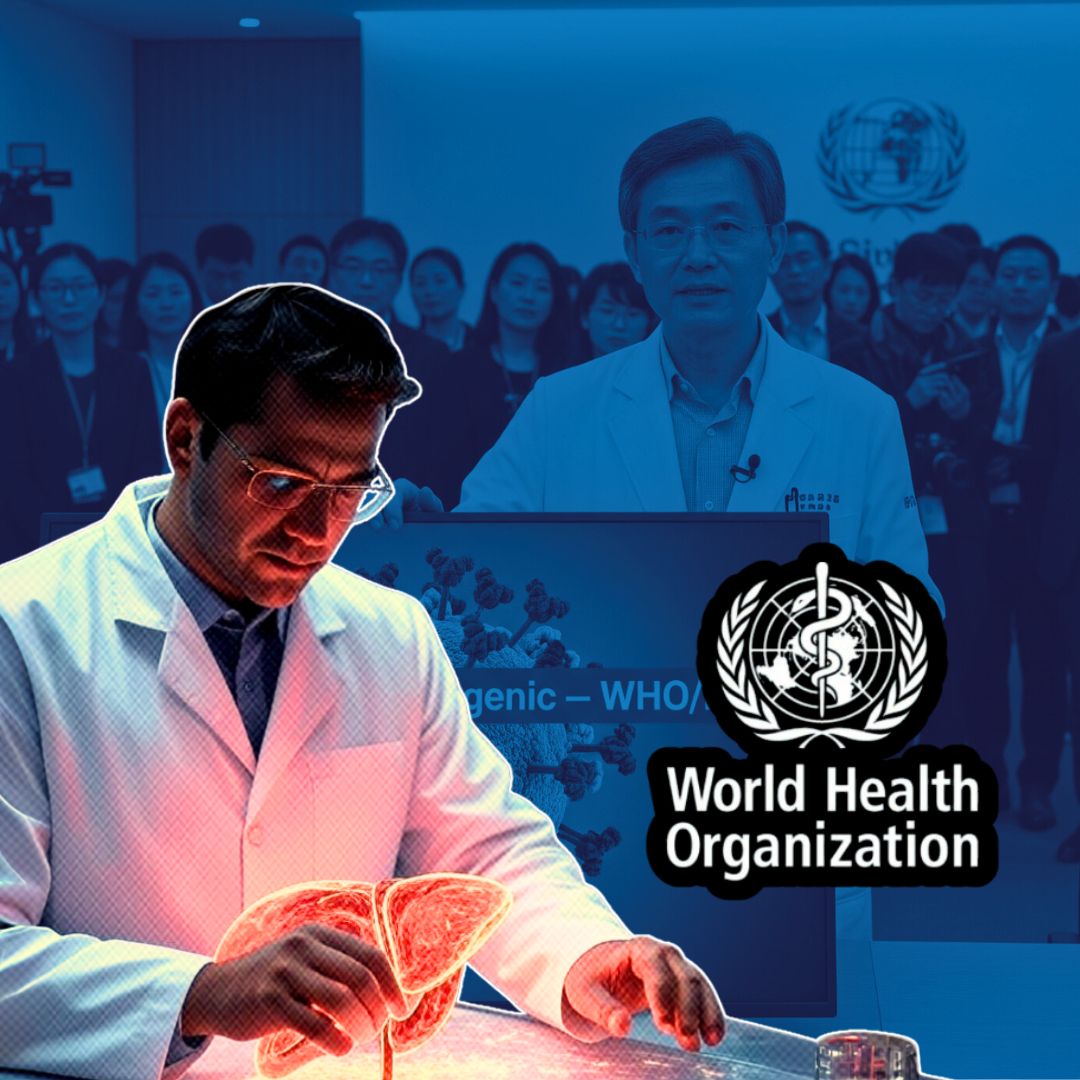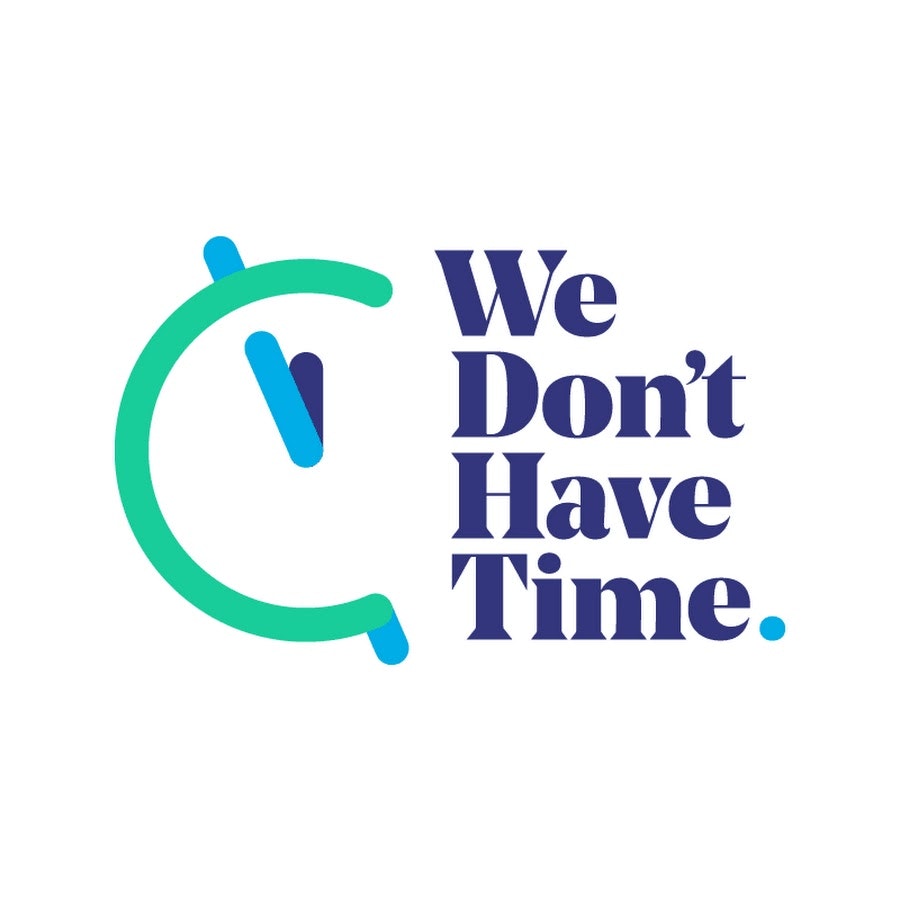The International Agency for Research on Cancer (IARC), affiliated with the World Health Organization (WHO), has officially classified hepatitis D virus (HDV) as carcinogenic to humans—aligning it with hepatitis B and C in terms of cancer risk.
Unveiled on World Hepatitis Day 2025, this decision underscores the urgent need for stronger global health policies, as millions remain at risk of liver cancer from HDV, particularly those already infected with hepatitis. Leading officials and experts worldwide are urging swift action to expand vaccination, screening, and treatment.
Hepatitis D: A Silent but Potent Threat
The IARC’s Monographs Programme now lists HDV as a Group 1 carcinogen, meaning robust evidence exists of it causing cancer in humans, specifically hepatocellular carcinoma—the most common type of liver cancer.
Hepatitis D can only infect those who already carry hepatitis B, but in these individuals, it rapidly accelerates liver damage and dramatically increases the risk of cancer. “This moment should catalyse faster and wider adoption of hepatitis vaccinations and access to care,” said Dr Elisabeth Wild, IARC Director, in an official statement.
Millions at Risk: The Scope of the Challenge
WHO estimates 12–20 million people suffer from hepatitis D worldwide, with the majority undiagnosed due to limited screening, weak health systems, and prevailing stigma in many low- and middle-income nations43. Studies published earlier this year show that co-infection with hepatitis B and D pushes the risk of cirrhosis and liver cancer up to five times higher than hepatitis B infection alone7. “Effective hepatitis B vaccination is a crucial preventive step, since HDV requires hepatitis B to survive and spread,” emphasised WHO’s hepatitis programme lead. Notably, recent trends in Asia and Africa indicate a rising burden, underscoring the urgency for integrated vaccination and diagnostics campaigns.
Expert Insights: Prevention and Policy Imperatives
Public health experts unanimously agree: the path forward must focus on expanding prevention, early diagnosis, and patient support. “Hepatitis D awareness among doctors, vulnerable communities, and the broader public is alarmingly low,” warns Dr Ranjit Sinha, hepatologist at AIIMS, New Delhi.
“People at risk must seek hepatitis B vaccination; this is the best protection against hepatitis D as well.” He stresses regular monitoring for HBV/HCV/HDV coinfections in patients already diagnosed with hepatitis B and calls for broader, government-funded screening programmes. Meanwhile, WHO has urged governments to remove financial and social barriers to liver health, prioritising marginalised and remote communities for outreach and care
The Logical Indian’s Perspective
The addition of hepatitis D to the list of carcinogenic viruses is a clarion call for a compassionate, collective response. India, with its patchy healthcare access and persistent hepatitis-related stigma, must step up to ensure that awareness, testing, treatment, and long-term support are universal rights, not privileges.
By rallying lawmakers, healthcare workers, and communities to destigmatise the disease and dismantle obstacles to care, we move towards a fairer society.












